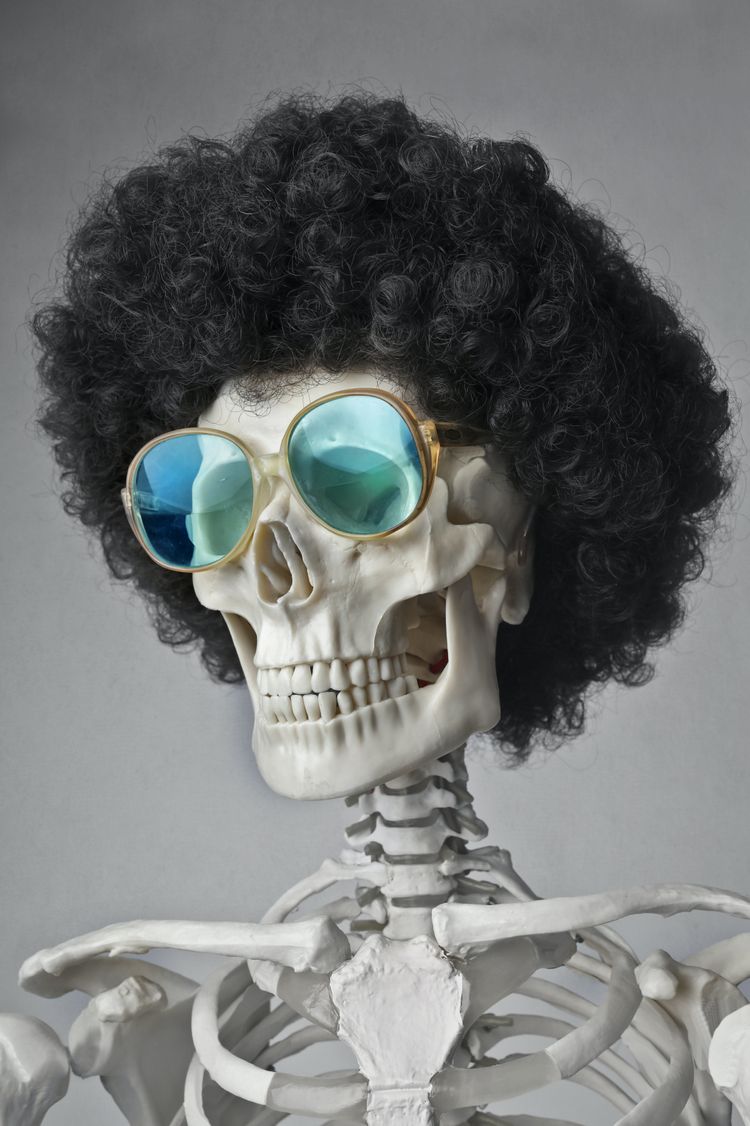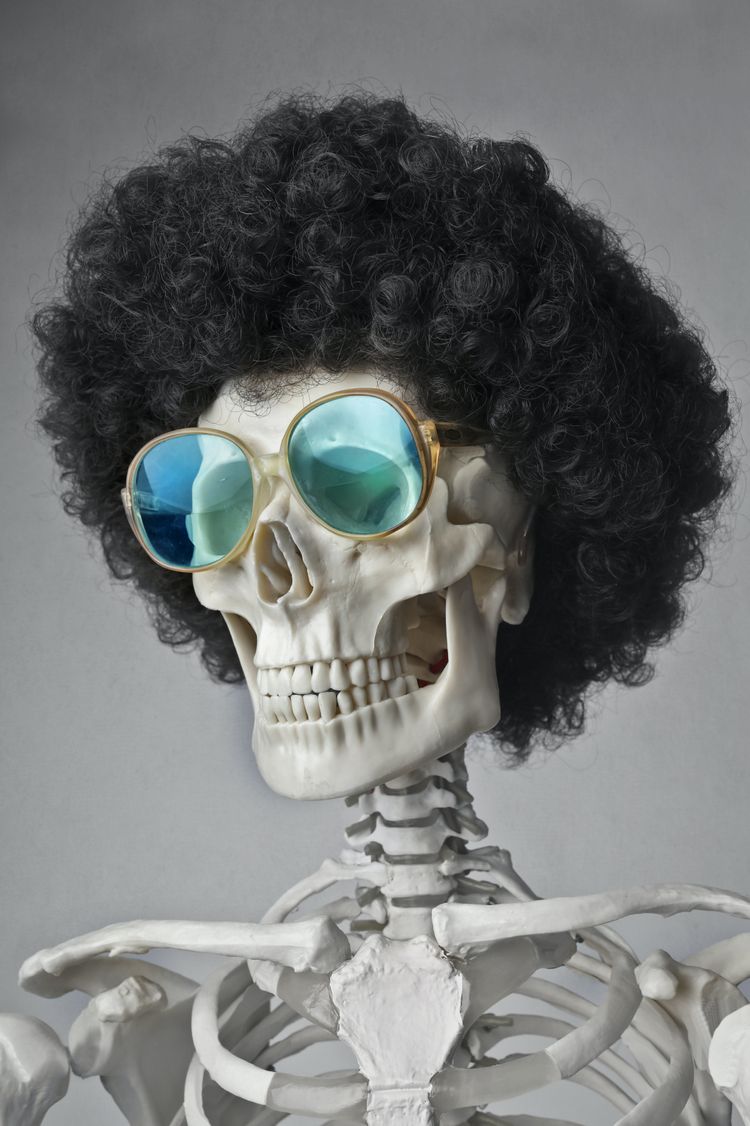🦀 PT Crab Issue 88 - One for the Kids, One for the Olds
Hey everybody!
Welcome to edition 1 of 2 this week. I don’t have much to say, just thanks for y’all’s kind words last week when I had to step away from the keyboard for a bit. I really appreciate it.
Before we start this week: There are 1,634 of you reading this for free and I appreciate every single one. I really really do 🤗 Alongside y’all, the support of just 31 people at $5 per month is what keeps PT Crab going. That's just under 2% of all readers. So if you have a spare fiver, please consider making that number 32 this week and making sure this resource continues on.
Or tell me why you don’t think it’s worth it by replying to this email. I do really want to know, that way I can make PT Crab better for all. Thanks!
With that, let’s dive in!
MSP vs. ITW - One for the Kids
The Gist - This Journal of Pediatric PT article attempts to find some objective measures to differentiate between idiopathic toe walking and mild spastic diplegia, a form of CP. The authors point out that with ITW being a diagnosis of exclusion, we need to be able to actually exclude things. So they systematically reviewed 5 articles with a total of 140 participants ranging from age 2 to 16. As you might expect, there’s a lot of information in this one, but they did come up with a few specific measures that I’ll highlight.
They found a significant difference in knee angles in the 90/90 test, with the CP group having increased hamstring tightness, while the ITW group did not. In muscle spasticity, the Modified Ashworth Scale showed gastroc spasticity in those with CP, but not in those who had ITW. And lastly, walking. In gait, those with CP had increased hip and knee flexion (including increased knee flexion at initial contact) while those with ITW had typical hip and knee kinematics compared to the general population.
Tell Me More - To summarize it all in one paragraph:
Through clinical examination, individuals with CP had spasticity (presence of an upper motor neuron sign), increased hamstring tightness, and increased coactivation of the gastrocnemius muscle during resisted seated knee extension and quadriceps set. No significant differences were noted between the 2 diagnoses in dorsiflexion range of motion, but there was a significant difference in hamstring.
They also did EMG analysis, but I’m not going to dig into it because who does EMG in the clinic?
Unfortunately, none of this is perfect. Collecting all these signs and adding in your clinical judgment will certainly help, but many of the effect sizes crossed over, basically all of them except gait. It’s also important to point out that some articles in the review were 20 years old or older because we’re just not doing this research. So y’all, do this research.
Paper? Gotcha.
Crossfit for Healthy Aging
The Gist - We probably underload most of our patients. It’s just a thing. PTs are working on it, but lots of research trickling out over the last few years has shown that we do it. This pilot study wanted to see just how far we could push older people (average age of 71) in an 8 week High Intensity Functional Training program. HIFT is a large category of exercises, of which Crossfit is one version, but HIFT in general doesn’t have to be Crossfit (square is a rectangle, rectangle not a square kinda thing) and includes squatting, lifting, and pulling exercises at high intensity.
The folks in this study performed these activities twice per week for 60 minutes at a time. Before and after, they assessed ADL performance via the “Outpatient Physical Therapy Improvement in Movement Assessment Log” (O.P.T.I.M.A.L., how cute), and their fitness via the lift and carry test, the TUG, and the 6MWT.
After the 8 weeks, the mean session attendance was 83% and all four participants (of the 9 total) who answered the followup questions reported liking the whole thing. Unfortunately, their OPTIMAL scores didn’t significantly improve, nor did their TUGs, LC, or 6MWT.
So why do we care? Read on.
Tell Me More - I mean, you’ve already spotted the problems. Only 9 people, no outcome measure increases, etc. But this study does matter. They took 9 people who weren’t all jazzed about Crossfit and got them into it with no adverse events and general liking of the process. That’s not bad. Not amazing, but not bad.
So why weren’t there changes? If you take people who aren’t exercising and make them exercise for 8 weeks, they should have changes. Well. Remember what I said earlier about underloading? The researchers believe that the mistake they made was underloading these clients and recommend that a more client-specific exercise program is used next time.
Paper? Indeed.
And that’s it!
Here’s the bibliography:
- Heinrich, K. M., Crawford, D. A., Langford, C. R., Kehler, A., & Andrews, V. (2021). High-Intensity Functional Training Shows Promise for Improving Physical Functioning and Activity in Community-Dwelling Older Adults: A Pilot Study. Journal of Geriatric Physical Therapy, 44(1), 9–17. https://doi.org/10.1519/JPT.0000000000000251
- Schlough, K., Andre, K., Owen, M., Adelstein, L., Hartford, M. C., Javier, B., & Kern, R. (2020). Differentiating Between Idiopathic Toe Walking and Cerebral Palsy: A Systematic Review. Pediatric Physical Therapy, 32(1), 2–10. https://doi.org/10.1097/PEP.0000000000000659





Comments
Want to leave a comment and discuss this with your fellow PTs? Join PT Crab and get summarized PT research in your inbox, every week.